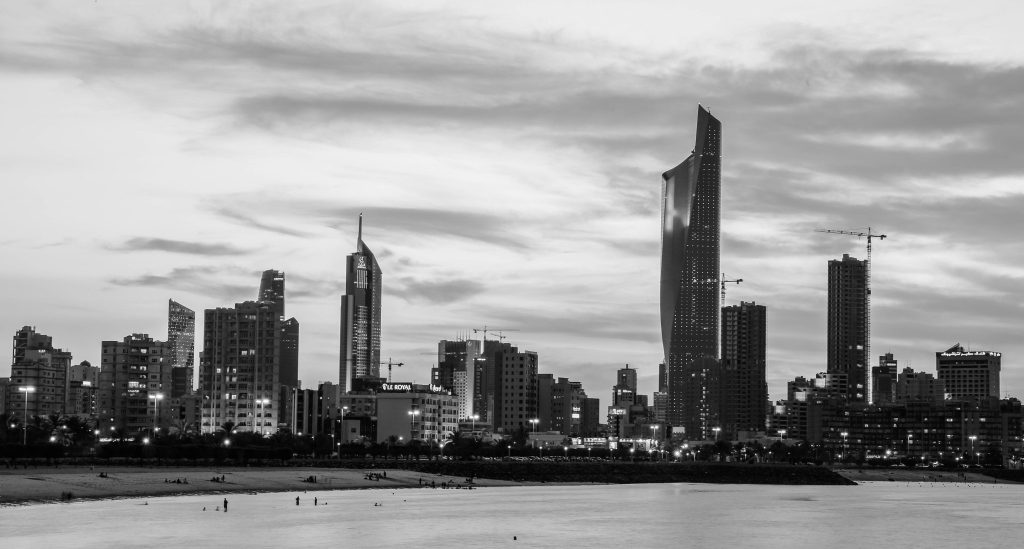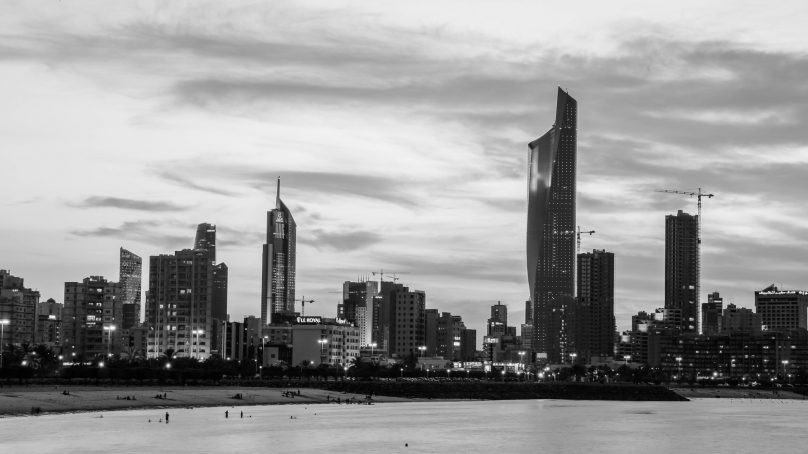 The damage COVID-19 left in the hospitality industry can be seen with the naked eye. Most hotels in the region were greatly impacted, whereas projects that are still in the pipeline will face delays and maybe cancellation. The impact on the Kuwaiti hospitality scene was no different. Kuwait was one of the first states in the MENA region to have COVID-19 infections. Despite the governmental measures to contain the virus and limit its spread, many hospitality projects were either postponed or cancelled.
The damage COVID-19 left in the hospitality industry can be seen with the naked eye. Most hotels in the region were greatly impacted, whereas projects that are still in the pipeline will face delays and maybe cancellation. The impact on the Kuwaiti hospitality scene was no different. Kuwait was one of the first states in the MENA region to have COVID-19 infections. Despite the governmental measures to contain the virus and limit its spread, many hospitality projects were either postponed or cancelled.
The hospitality industry in the country which boasts a total of 9,279 hotel rooms in 15 five-star properties, 24 four-star properties and 21 three-star properties, has witnessed remarkable performance drops.
A research prepared by STR and the Kuwait Hotel Owners Association (KHOA), sheds light on the effects of the pandemic on the local hospitality market, and highlights the upcoming recovery scenarios.
According to the study, 20-25 percent of hotels’ staff have lost their jobs in Kuwait, accounting for around 2,500 people. This comes after the government’s decision to reduce the number of expats in the coming years. Civil aviation was severely hit. The airport ceased operating from March till August, and over 200,000 passengers left the country.
According to 61 hotels contacted by KHOA to report on the impact of COVID-19, the industry has lost no less than KWD 104 million, or USD 340 million, including a KWD 37 million (USD 121 million) of losses in room revenues.
When it comes to the recovery scenarios, the study anticipates three possible options.
First of three scenarios includes a high opportunity – low risk vision. Based on the current situation, there will be a drop across all KPIs in 2020, and an expected recovery as of 2022. The new rooms openings will be delayed until 2021 and 2022. With the increase of room inventory during the coming three years, positive results are expected across KPIs. The occupancy will improve by 16 percent, and the ADR will increase by KWD 9, whereas the RevPAR will improve by KWD 11, and the revenue will improve by KWD 46 million (USD 150 million). The revenue will improve according to a 12 percent increase in demand and a 44 percent growth in room supply. Revenues will reach KWD 89 million (USD 340 million) in 2023 with a 46 percent occupancy. The upcoming projects’ pipeline promises five five-star properties including Waldorf Astoria Avenues and Mandarin Oriental. There will be five additional four-star properties including Novotel, Staybridge Suites and Hampton by Hilton, and one three-star property. The inventory of the upcoming hotel rooms counts 1,163.
The second scenario foresees a slight recovery over the next two years based on a continuously dropping demand due to COVID-19. The trend would have a negative impact on ADR and there will be a difficulty coming back as new hotels might open in the later stage of market recovery. The forecast of KHOA over the three years would show positive results. Occupancy is expected to improve by 10 percent, and ADR will improve by KWD 3, while RevPAR will improve by KWD 5. Revenue will improve by KWD 25 million (USD 81 million). However, recovery might be better for seaside hotels and resorts than for city hotels as domestic tourists will ignite demand. The total revenues are expected to reach KWD 67 million (USD 220 million) in 2023.
The third scenario is a high risk-no opportunity one. Based on the current situation and the expectations that restrictions would continue till 2021, the study sees a very negative effect on the hotel industry. Occupancy is expected to decrease by four percent, while ADR will decrease by KWD 16, and RevPAR will decrease by KWD 6. Revenue will decrease by KWD 18 million (USD 59 million), and hotels are expected to start closing. Revenues will not cross KWD 24.3 million (USD 80 million).




















